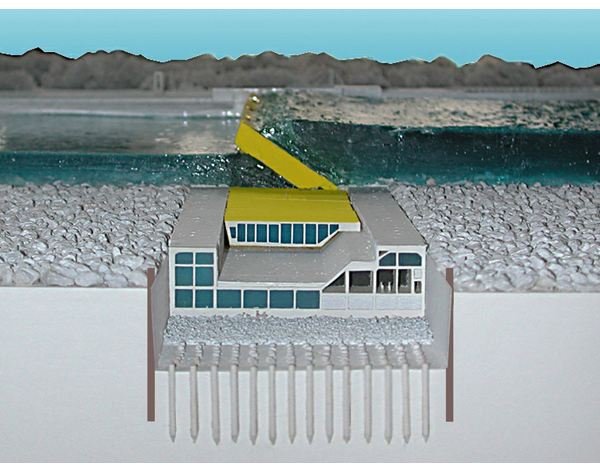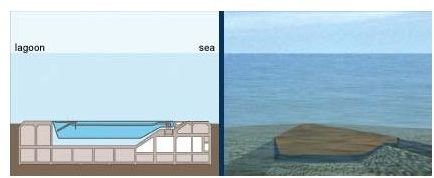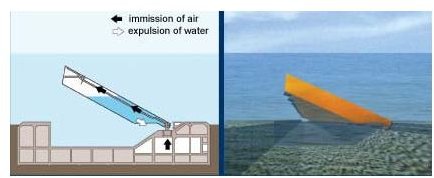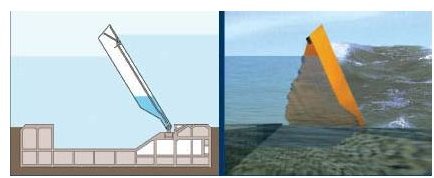Protecting Venice: What is Venice Tide Barrier Project?
Editor’s Note: This article was originally written in 2009. Since that time the base of the first flood protection barrier in the Mose System has been completed - see this source: https://www.salve.it/uk/default.htm
Venice, the world famous tourist spot and the most romantic city in the world, has often been affected by floods in the last few decades. Experts say that the level of flood water is rising every year, posing a grave threat to the city. In 1966, the situation became a matter of grave concern when the flood water rose six feet above the sea water level. Mose System, a mechanical system to protect the city from high sea tides, was suggested. However, it was turned down then due to lack of funds and some environmental issues. But the fear of yet another flood situation was slowly creeping in in the minds of the people, and government itself couldn’t survive the constant stress. For this reason in 2003, the approval for MOSE - Modulo Sperimentale Elettromeccanico or Electromechanical Experimental Module- scheme was passed to construct an artificial barrier that would protect the city from any future floods.
MOSE System
The city of Venice has a very strategic location with its lagoon having three main water inlets: Malamocco, Chioggia, and Lido. According to the government’s plan, what was required to protect the city from the flood situation was the temporary closing of all these three water inlets. Keeping various factors in the mind such as geographical conditions, environmental issues, and post construction efficiency, the MOSE scheme was selected.
The MOSE system would comprise of a series of oscillating inflatable flood gates that would be strategically positioned at the bed floor of the inlets of the three main lagoon inlets. The platform on which the gates rest would also support towers that accommodate the control system of the gates.

How Does it Work?
When the weather forecast predicts tides higher than the normal level, the control system fills compressed air into the inflatable gates till they emerge out of the water. The rise of the flap gates temporarily isolates the lagoon from the sea, protecting the lagoon from high tides.



Construction Process
Under the Mose system there would be 78 inflatable gates that would guard the city against rising tides. The project is expected to be complete by 2014, and the whole construction process is divided into three phases. The first phase, which is already complete, included the construction of various complimentary structures and geographical surveys of the sea-bed condition, the preliminaries required to start the main construction process.
The Second Phase that involves construction of the supporting structures of the mobile gates is underway. Several civil engineering works pertaining to the coast line is also included in this phase.
The third phase is also underway and includes the construction of main barriers and structures that protect the sea bed. The phase will also include construction of concrete caissons and assembly for the barrier gates.
Once ready, the MOSE system will be the largest dam structure in the world with each barrier measuring approximately six thousand five hundred square feet of area. Thus with the MOSE system, the city of Venice would not only be able to fight flood causing high tides, but would also be able to provide a permanent solution for eradicating fear from the minds of its people.
